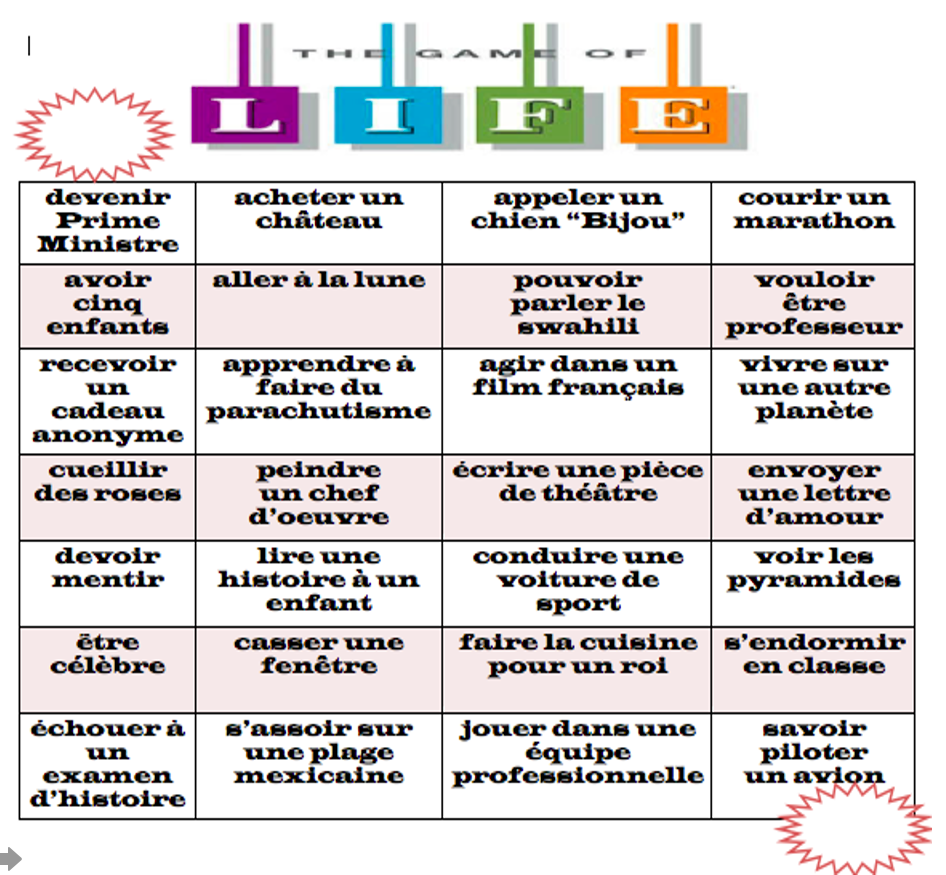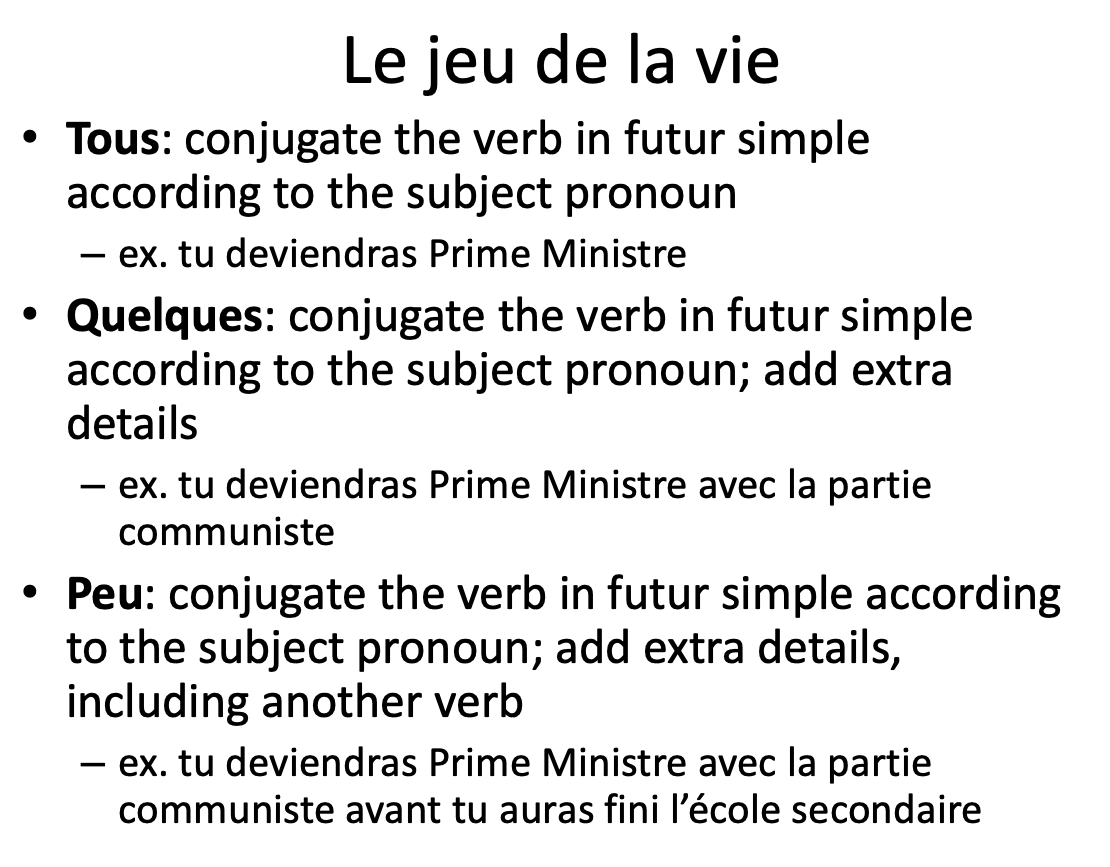Your language-teaching mission, should you choose to accept it, is to make small changes to your language lessons in order to support all of your learners.
On the Lesson: Impossible podcast this week I’m talking with Drew Thompson about supporting neurodiverse learners. In honor of his sharing his perspective and tips for supporting diverse students, I thought I’d share the strategies that I try to use in my language classroom, most of which can be implemented in less than 5 minutes!
We know that each of our students have strengths and weaknesses that we need to adapt to, but differentiation can seem overwhelming, no matter how long you’ve been teaching. The idea of reaching each individual learner seems like an incredibly time-consuming pursuit: if it takes me X hours to craft a lesson, does not mean I need 30 times that amount to sufficiently plan for my 30 students? However, the good news is that there are a TON of ways that you can make your lessons more accessible, and most of them can take less than 5 minutes to prep. A colleague and I developed this list of small adaptations in 2016, and I taped it on my desk. Before each lesson I’d run my eyes down the below questions and see what I could do to make one or two changes to what I had planned. In my opinion, that’s the key: if you try to change everything at once, you’ll get overwhelmed quickly and it will feel impossible. However, adding one or two tools to your teacher toolbox at a time is doable!
These questions are meant to be for all subject matters, though the examples below are specifically for language teachers. Feel free to share with any colleagues you think might benefit!
RESOURCE DOWNLOAD AS PDF: Quick & Easy Strategies for Differentiation
Examples:
Example of a quick check for understanding: If I have time, or I’m covering a really important concept, I like to use CSI (Color, Symbol, Image) , which is explained in more detail in this post.
Example of a reference guide: It can be as simple as a hand-out with verb conjugations or as complex as a guide on how to be better communicators (see post on the TALK Strategy)
Example of self-differentiated learning targets: In order to practice their use of the future tense, I have a fun, easy “Game of Life” that students can play in small groups. When we play, I’ll put up a slide that outlines my expectations for ALL, for SOME, and for only a FEW students:
Let me know in the comments what strategies you use and if they should be added to list!




















